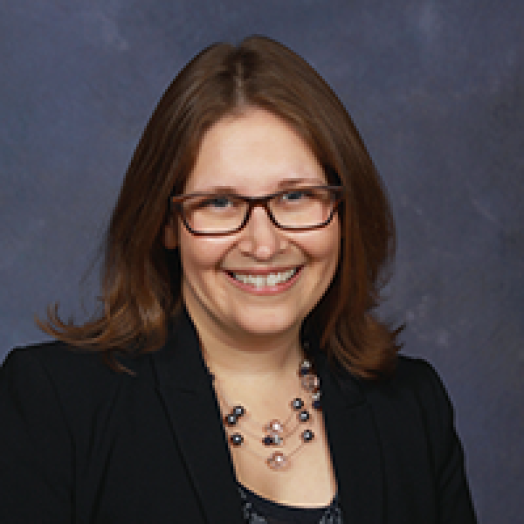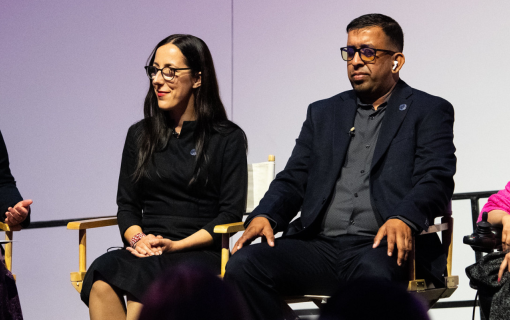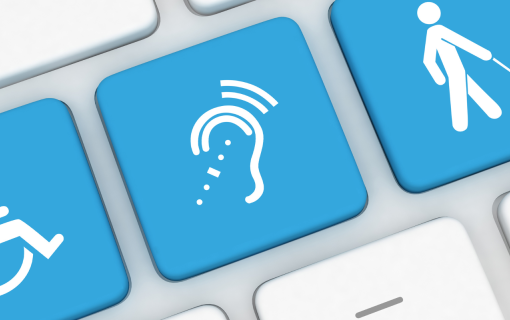First Pilot Observation on Election Accessibility for Persons with Disabilities Held in Haiti
During the legislative elections held on August 9, 2015, a pilot team of 30 Haitians with disabilities conducted Haiti’s first election access observation at 15 polling stations across the city of Port-au-Prince. Observers scrutinized the schools and marketplaces selected as polling stations by the Provisional Electoral Council (Conseil Électoral Provisoire, or CEP) to determine how accessible and inclusive voting procedures were for persons with disabilities on Election Day.
With support from the Haitian Office of the Secretary of State for the Integration of Persons with Disabilities (Bureau du Secrétaire d’Etat à l’Intégration des Personnes Handicappées, or BSEIPH), the International Foundation for Electoral Systems and the U.S. Agency for International Development, the observers watched CEP staff serve voters amid noise and crowds on a hot summer day. They kept track of how many voters and staff were persons with disabilities and quietly regarded the physical structure of the polling stations, spotting common issues such as uneven stairs, dimly-lit voting rooms with little privacy and ballot boxes that were placed too high to reach for some voters. Comments were jotted down on an observation checklist written in Creole, a checklist that the observers had helped to adapt to Haiti three weeks prior.
At a debriefing held four days after the election at the BSEIPH’s office, observers expressed their surprise at discovering the full extent of the inaccessibility of the voting places they visited. As observer Luckner Médélus noted, “It is one thing to hear about it and be told about it, but it is another thing to see it for yourself!” Several observers commented on challenges regarding physical accessibility, noting that uneven floors and a widespread lack of ramps made safe navigation for many persons with disabilities nearly impossible. Other significant problems included inaccessible voting materials and an extremely low turnout numbers of voters with disabilities.
For an hour, observers brainstormed several ideas to improve election accessibility for persons with physical, visual, hearing, intellectual or psychosocial disabilities. It was pointed out that, besides the issues with physical structures and materials, safe and accessible transportation would be a serious challenge for many voters. Connected to this was the location of voting places – many stations were too far away from voters with disabilities. Observers suggested that the CEP might need to keep track of citizens with disabilities, to know where the best locations for voters would be. CEP staff should also be aware of and practice inclusion where possible, so that persons with disabilities could both serve as and be supported by election officials. Election security came up as a concern, with observers noting that several voters with disabilities might have stayed at home rather than risk arriving at a voting place and being caught in circumstances they couldn’t easily escape.
Most of all, observers strongly recommended that there be a strengthened dialogue between the CEP, BSEIPH and disability organizations about improving election accessibility for the future. Currently, the first draft of an observation report is being developed based on the observers’ findings and recommendations, to be provided to the CEP and BSEIPH for review. The final report will be available in English and French.
For a version of this article in French, please click here.










